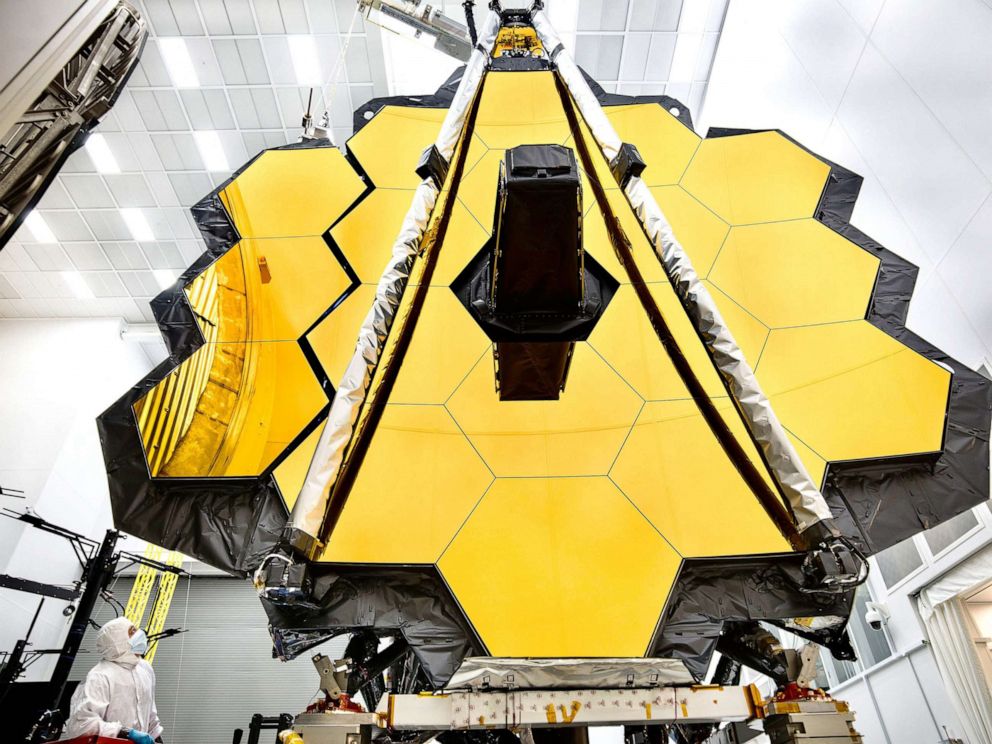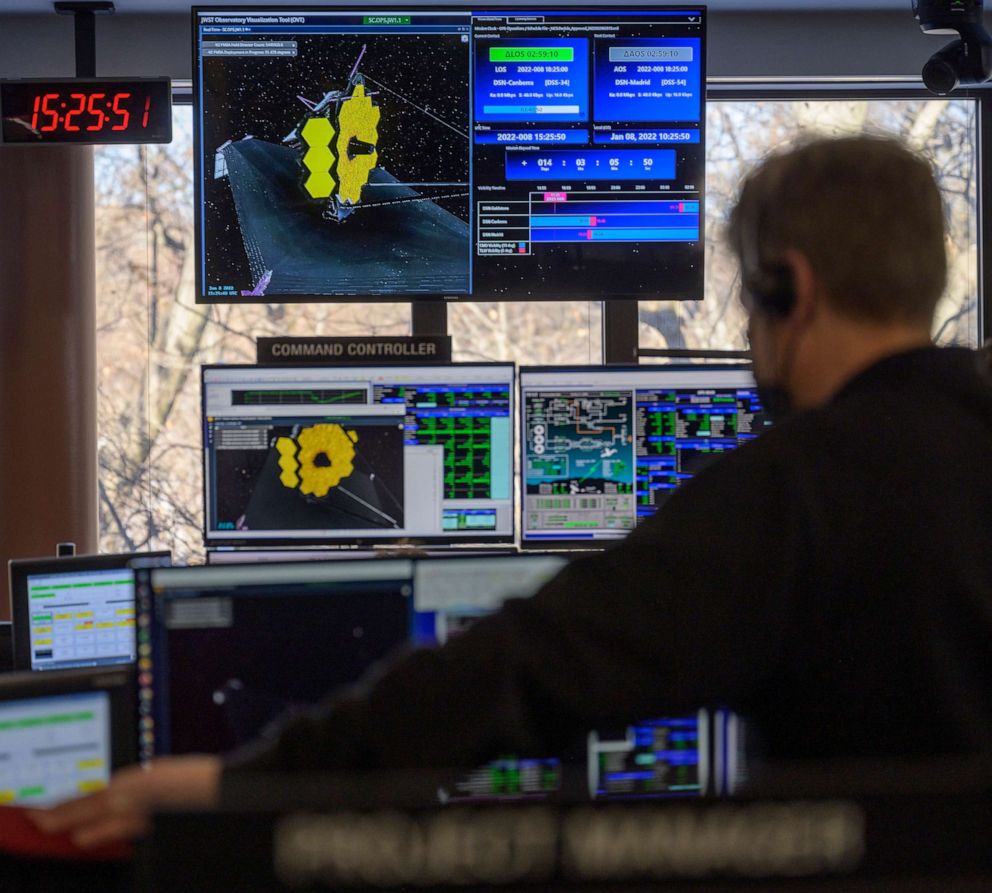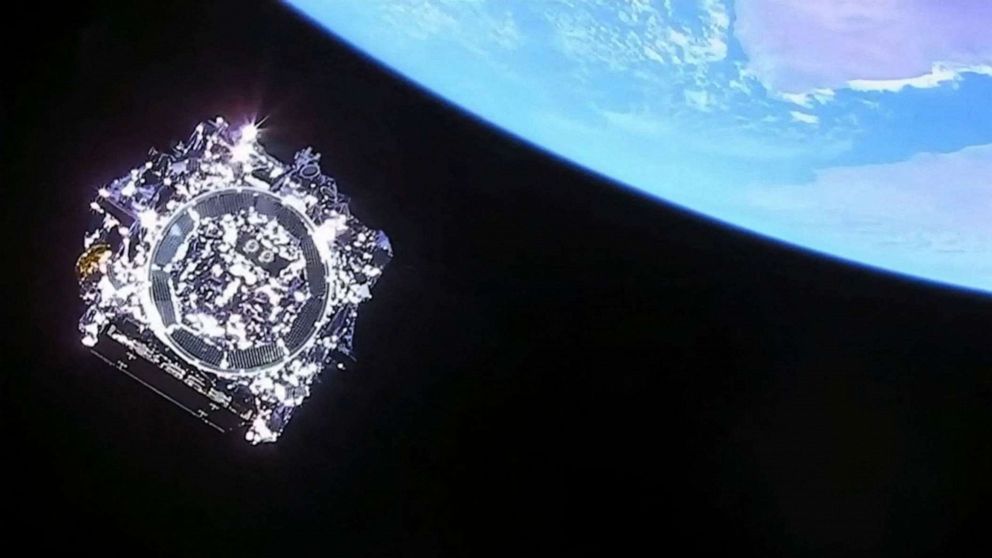Webb telescope spreads its wings, completes final deployment measures
The telescope will operate 1 million miles away from Earth.
After two weeks in its cosmic nest, NASA's James Webb Space Telescope has spread its wings and will fly to the farthest regions of unknown space.
Crews completed the final part of the satellite's long-awaited deployment and unfolded both its mirrored wings, which are critical for the telescope's mission.

Scientists said this step was the most likely point for a failure for the mission, and NASA crews were seen cheering with relief after the operation completed.
The telescope has been in the works since 1996 and is a joint venture between NASA, the European Space Agency and the Canadian Space Agency.
The satellite, which launched on Christmas Day, will succeed the Hubble Space Telescope and operate much farther than any other telescope, roughly 1 million miles away from Earth.

The Webb telescope will use mirrors to conduct infrared astronomy and "observe exoplanets located in their stars’ habitable zones, the regions where a planet could harbor liquid water on its surface, and can determine if and where signatures of habitability may be present," according to NASA.

Since the telescope's instruments need to operate at extremely cold temperatures: engineers designed a sunshield to protect the instrument from the heat of the sun.
The Webb telescope has a long journey ahead. Over the next few weeks, it will align and calibrate its mirrors so they act as one uniform object to reflect light.
It will then proceed to its destination, "Lagrange point 2."
The first images from the telescope are expected in the spring.




